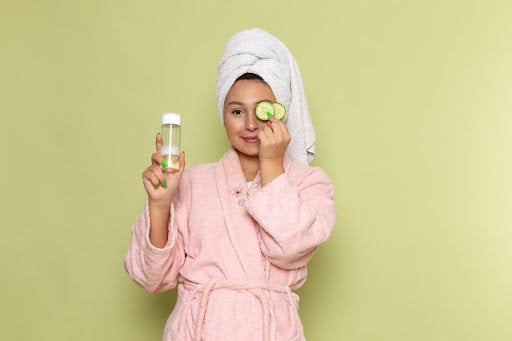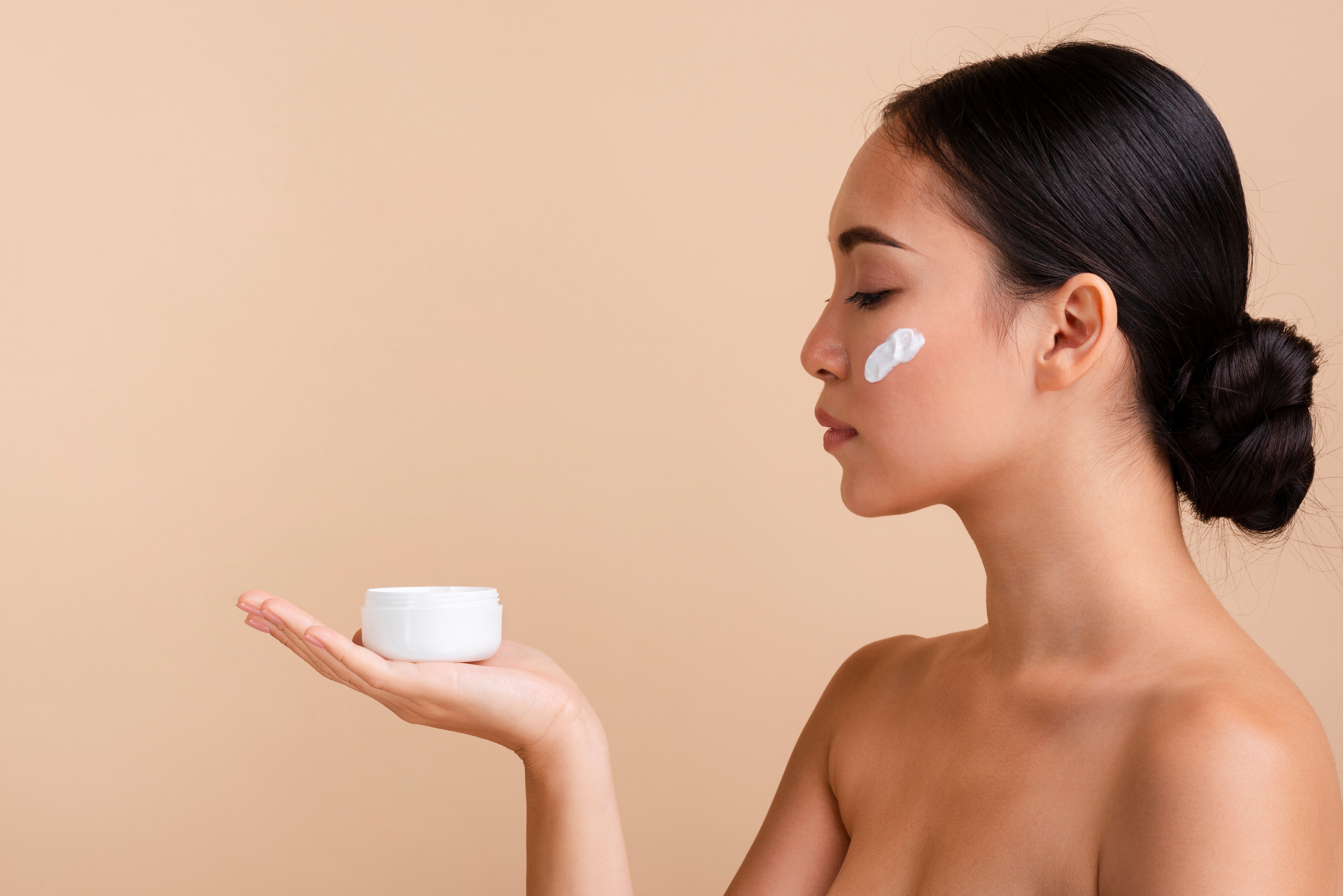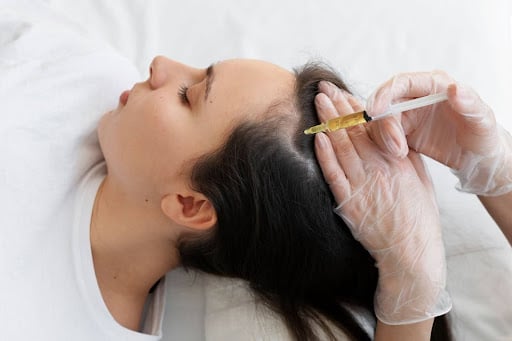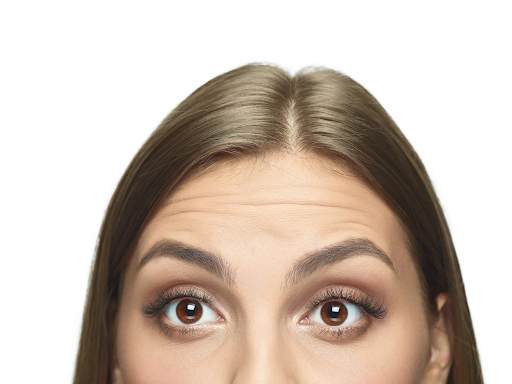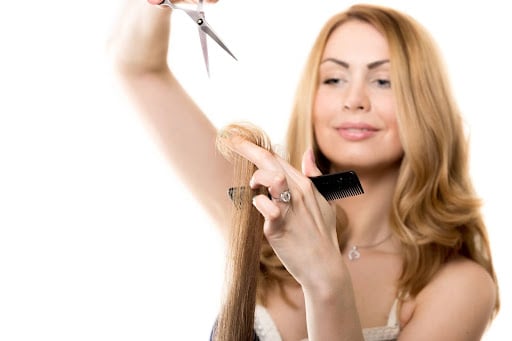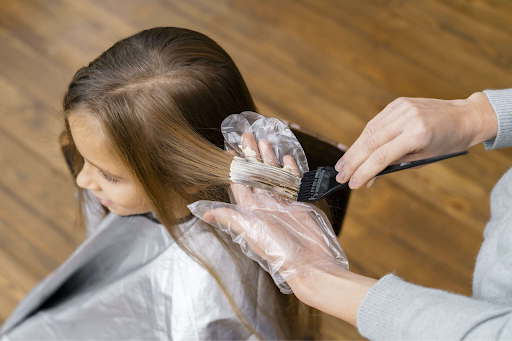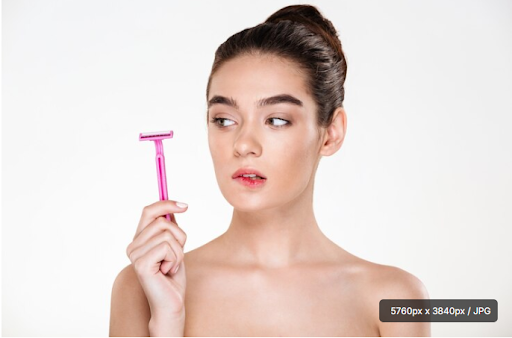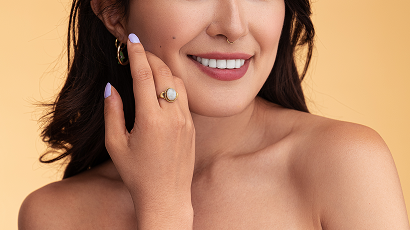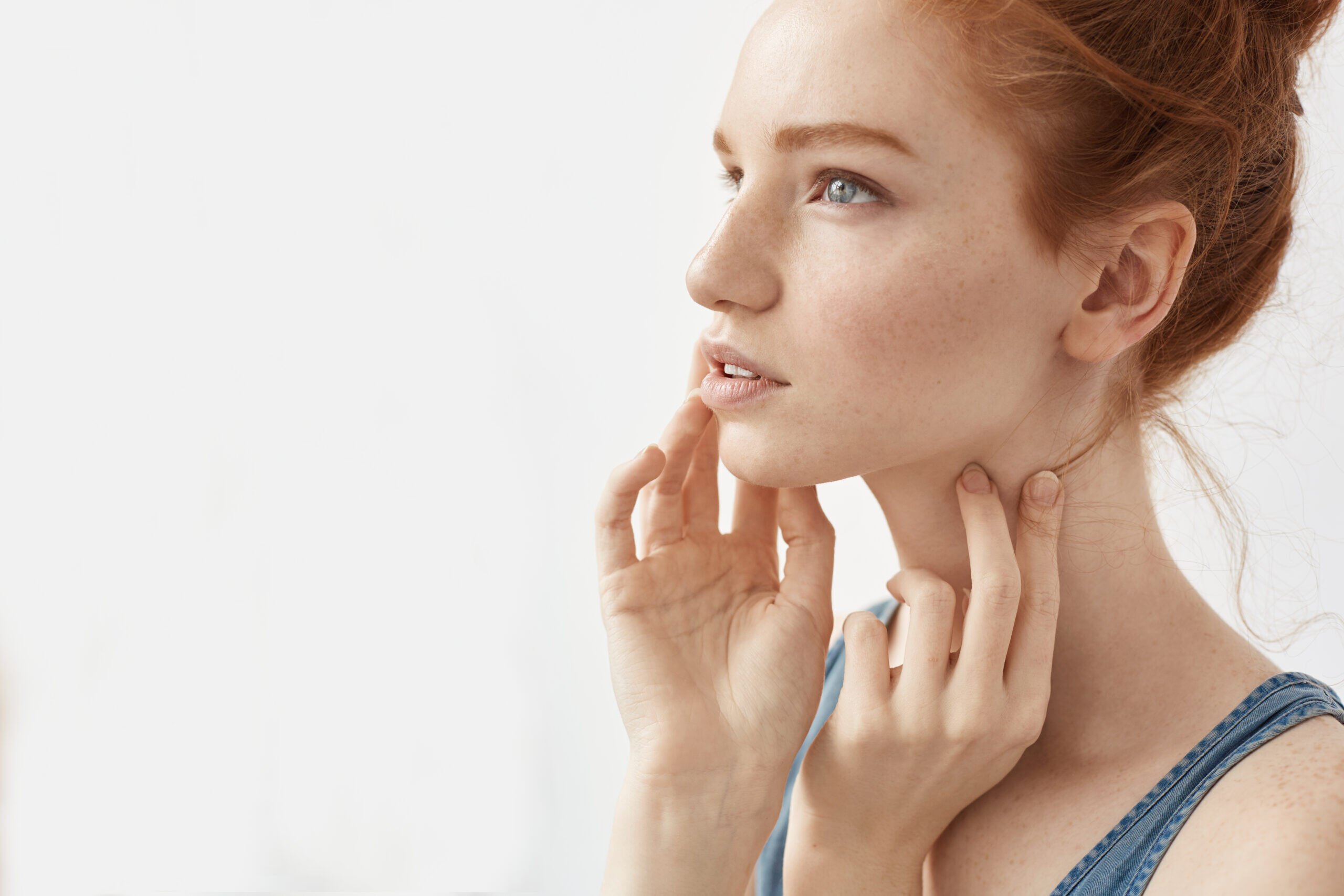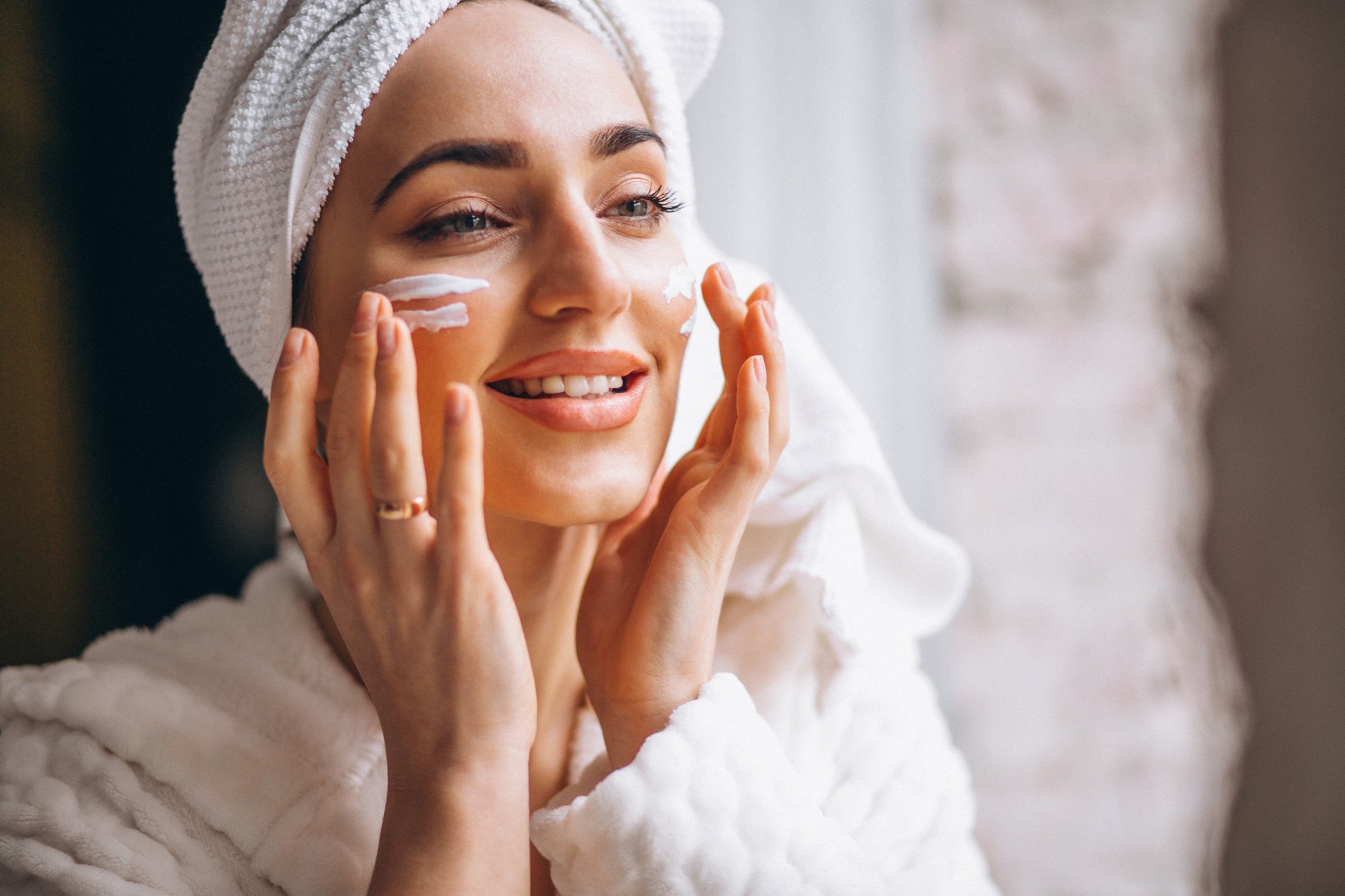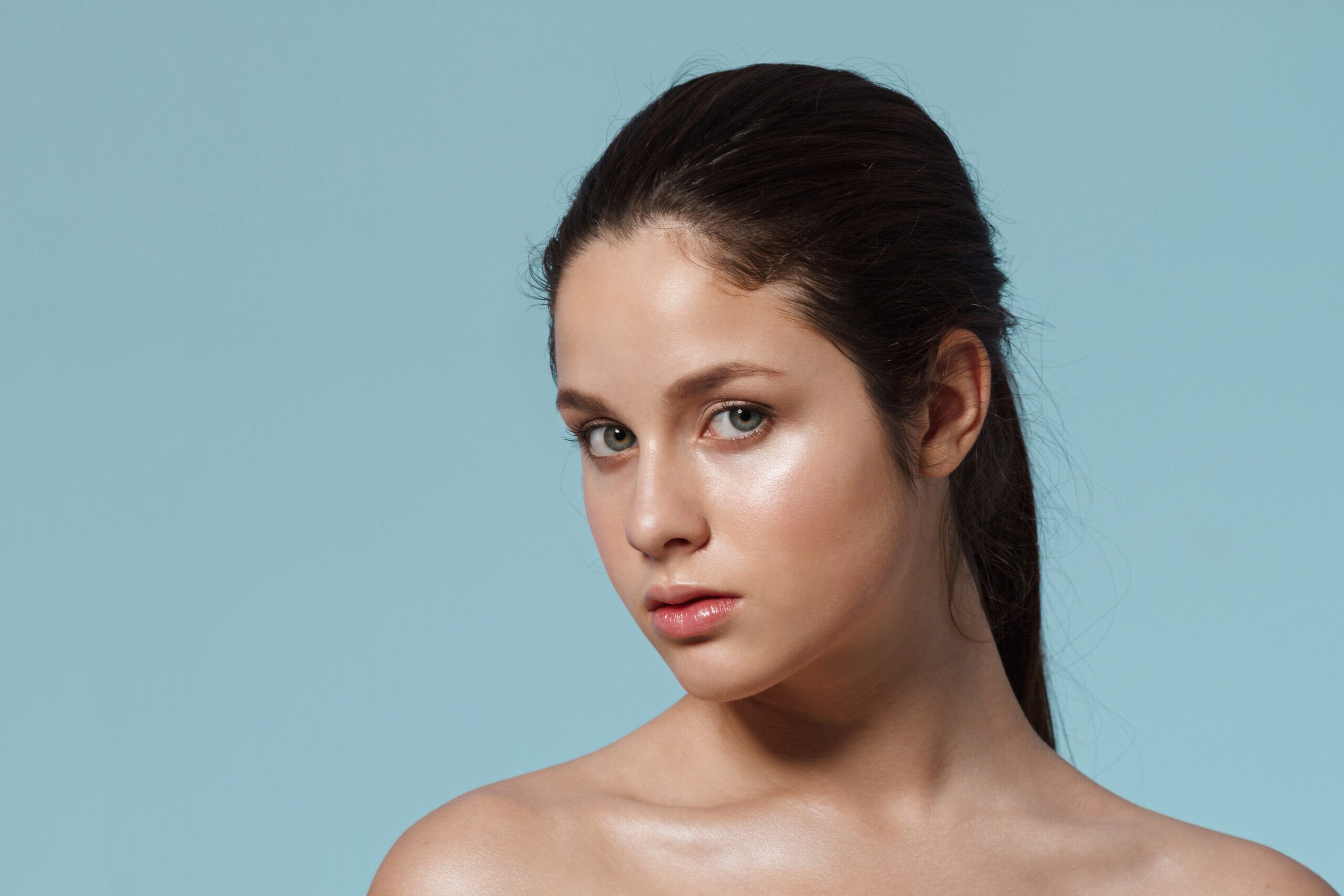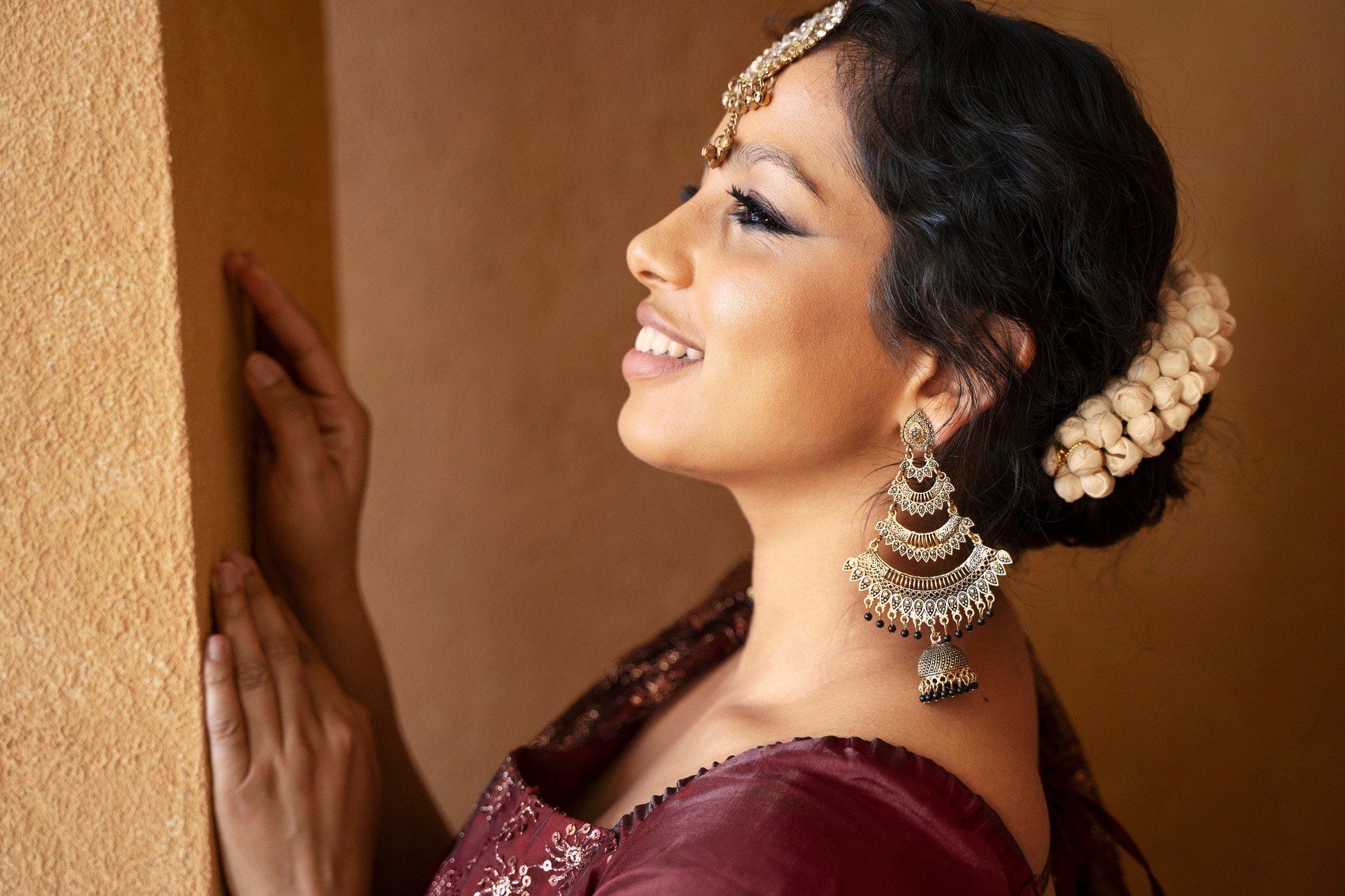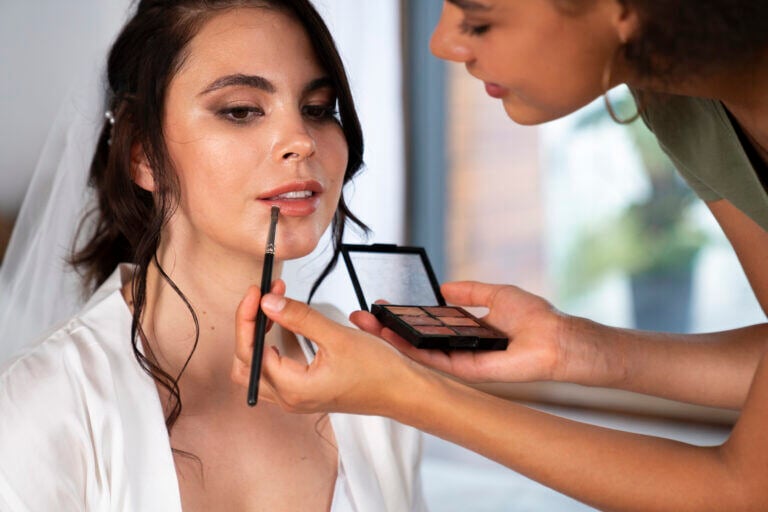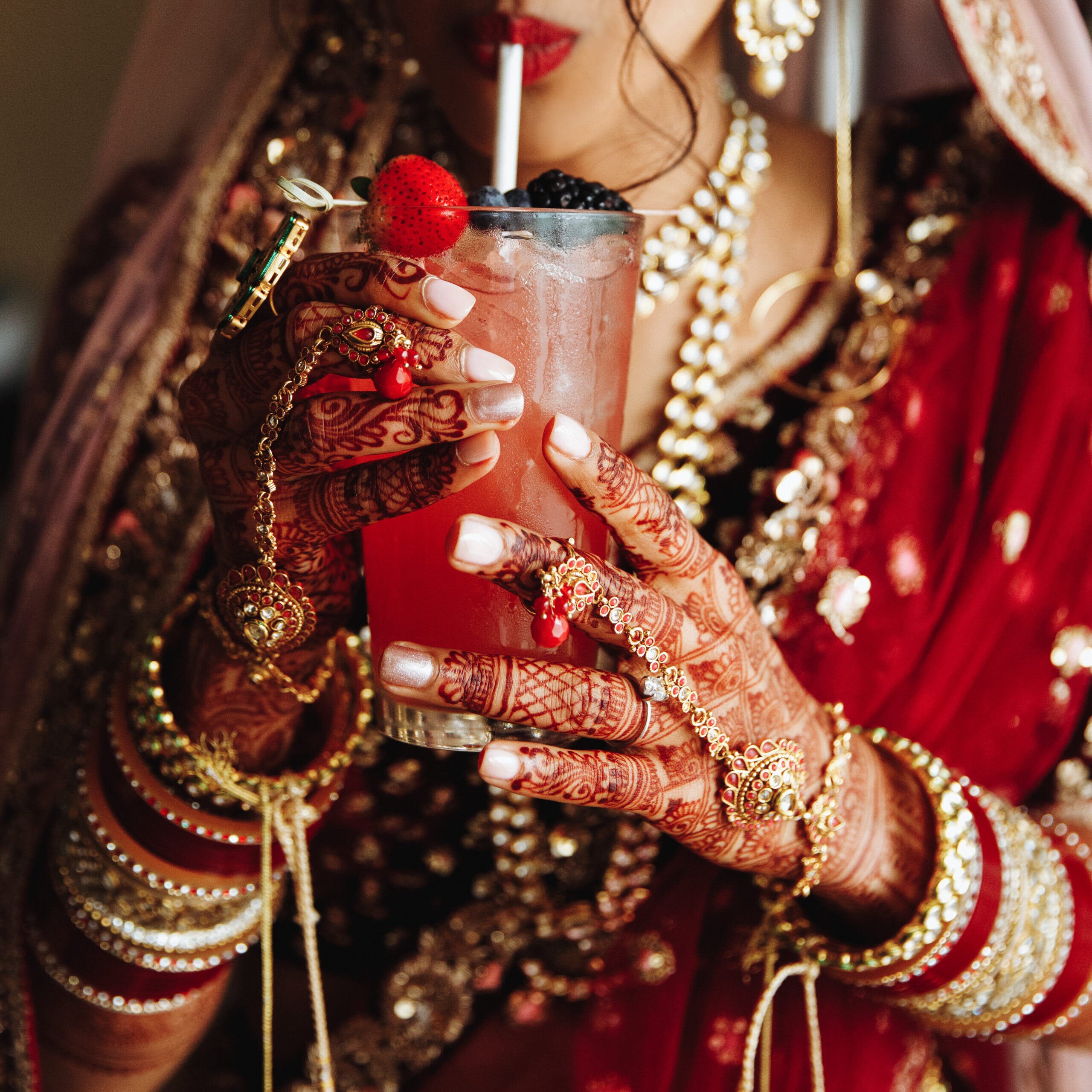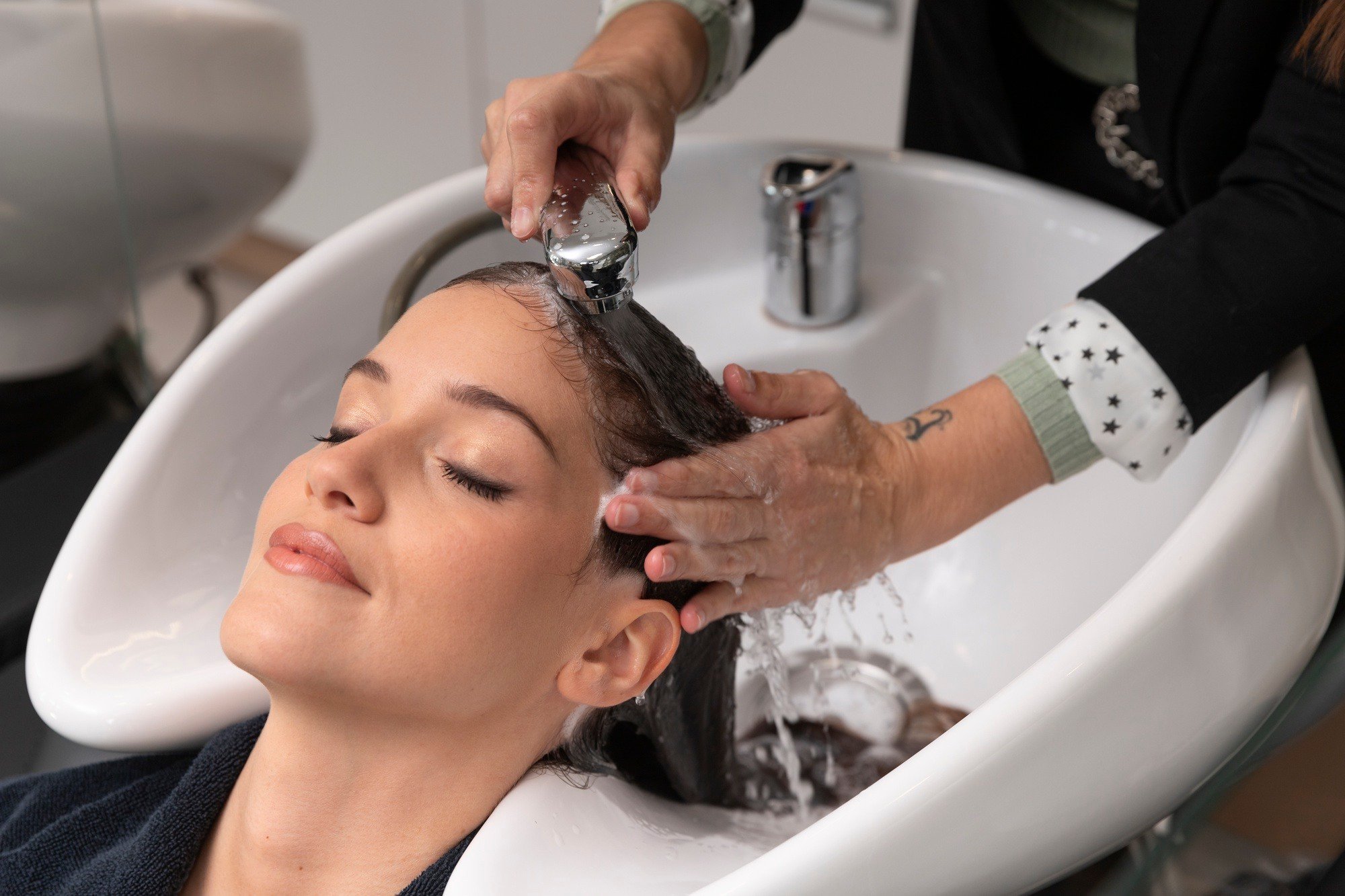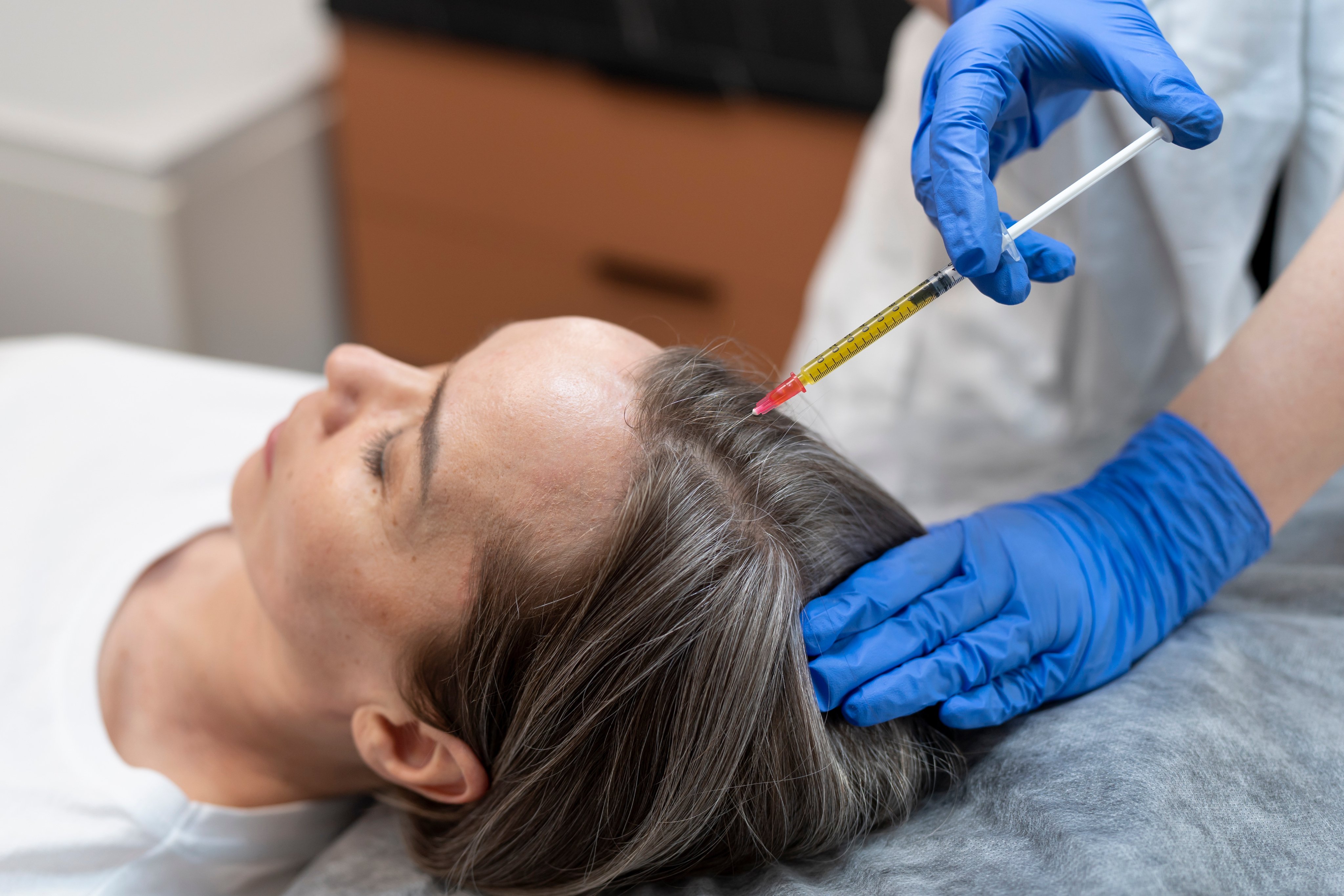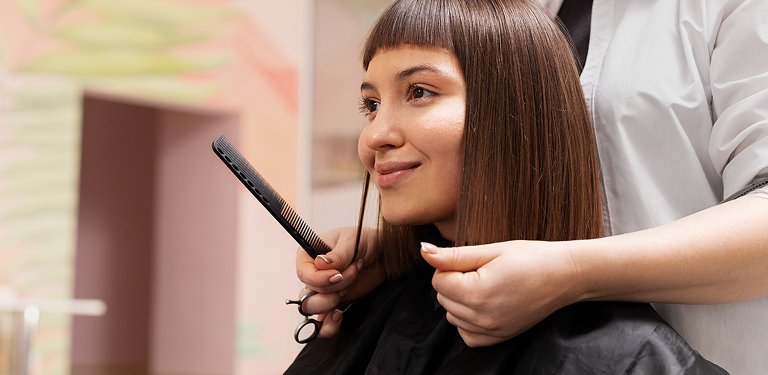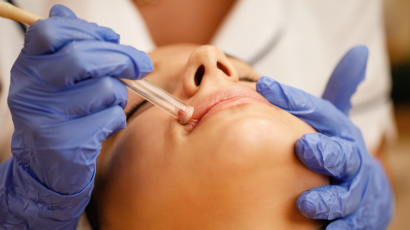Hair
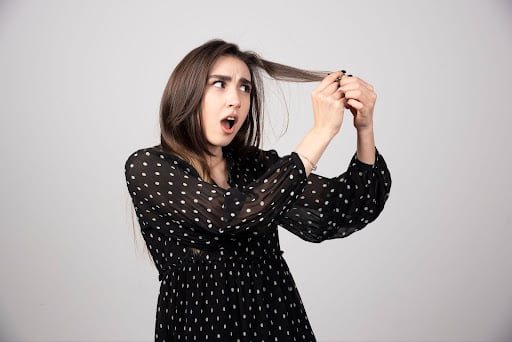
Hair
Reasons Your Hair Texture is Changing, According to Experts
5 minutes read | 14 May 25
A good hair day brightens up everyone's day. But, over time, you have seen some changes in your hair texture; if that’s the case, you are on the right page on the internet. The texture of your hair might change due to factors like genetics, hormonal shifts, diet, ageing, and environmental influences. So, let’s understand some of the reasons from an expert point of view in this blog.
Types of Hair
Before we explore how hair texture changes, it's important to understand the different hair types. Hair texture refers to the natural structure of your hair strands, which can vary in thickness, curliness, and overall feel. Your hair's texture plays a key role in how it behaves and responds to products, styling, and treatments.
There are a few primary categories of hair types:
- Straight: Sleek and smooth with no waves or curls.

- Wavy: Slightly curly with a natural texture that has a little bounce.

- Curly: Defined curls that are bouncy and voluminous.

- Coily: Tight, springy curls with lots of texture.

Each person has a unique hair texture, and what makes your hair special might not be the same for someone else. So let’s see how the hair texture is differentiated and let’s learn more about it.
Types of Hair Texture
Hair texture can vary widely from person to person. Experts categorise hair into different types based on both the shape of the strand and how it behaves. Understanding the meaning of your hair texture is essential because it affects how your hair responds to various hair care products, styles, and treatments.
- Fine Hair: Often soft but tends to be more prone to breakage.
- Medium Hair: Holds styles well and is flexible.
- Thick Hair: Dense and heavy, which can sometimes feel difficult to manage.
Why is Your Hair Texture Changing? Causes and Solutions
Hair texture can change over time due to various reasons, but the good news is that there are solutions for every concern. After understanding the basic pillars, it’s now time to address the problem for which you are here. Let's break down the common causes of hair texture changes and how you can improve it.
Hormonal Changes
Problem: Hormonal shifts, especially during pregnancy, menopause, or puberty, can lead to noticeable changes in hair texture. Your hair might become drier, thinner, or more prone to frizz.
Solution: Regular use of moisturising treatments and oils can restore hydration. Consider keratin treatments or gentle, nourishing hair masks to help maintain smoothness and manageability. Your hair care routine may also benefit from the right products based on your hair type. For instance, light shampoos and anti-frizz serums are ideal for straight hair, while curly hair needs extra hydration, such as hydrating masks and curl creams, to define your natural curls.
Aging
Problem: As we age, our hair tends to lose its natural elasticity and can become thinner, drier, or more prone to breakage, leading to a change in texture.
Solution: Look for anti-ageing hair care products that promote volume and moisture. Regular deep conditioning treatments and hair masks help restore moisture to dry, damaged hair, improving texture. Straight hair types can benefit from light anti-frizz serums, while wavy hair types can enhance their natural texture with texturising sprays.
Diet and Nutrition
Problem: A poor diet lacking essential nutrients, like vitamins, proteins, and minerals, can affect hair growth and texture.
Solution: Include more hair-healthy foods like eggs, spinach, and nuts. You can also consider adding biotin supplements, which are known to improve hair strength and texture. Additionally, nourishing hair care products designed for your specific hair type can greatly enhance the texture over time.
Hair Damage from Heat or Chemical Treatments
Problem: Frequent use of heat styling tools or chemical treatments like colouring, perming, or straightening can cause long-term damage to the hair's texture.
Solution: Reduce heat styling or opt for heat protectants when styling. Rebuild your hair's health with protein-rich treatments and deep conditioning masks. Keratin treatments can smooth hair and reduce frizz, while chemical straightening or perming offers long-term texture changes, but it's best to consult an expert for guidance.
Environmental Factors
Problem: Exposure to harsh weather conditions, humidity, or pollution can dry out hair and cause it to lose its natural texture.
Solution: Use anti-frizz and UV-protectant hair care products. A moisturising leave-in conditioner or serum can help maintain texture and shield your hair from environmental damage. For wavy hair, texturising sprays can help enhance natural waves without weighing them down.
Stress and Lifestyle Factors
Problem: High-stress levels can lead to hair thinning or an uneven texture, as stress affects your hair growth cycle. So it’s your sign to enjoy your life and not waste it by taking stress.
Solution: Manage stress through relaxation techniques or regular exercise. Hair growth supplements or stress-relieving treatments can also help maintain healthier hair texture. Additionally, sticking to a hair care routine suited to your texture type, whether straight, curly, or wavy, can keep your hair looking its best.
Whether it’s hormonal shifts, ageing, or environmental stress, many factors contribute to changes in your hair texture. By understanding the underlying causes and implementing targeted solutions, you can restore and enhance your hair’s natural beauty. Take good care of your hair, and you'll enjoy healthy, manageable locks that are uniquely yours. For personalised advice and treatments, book an appointment with our experts today to get started on your hair transformation journey.
FAQs
How Do I Know My Hair Type?
Understanding your hair type involves looking at how your hair behaves naturally. Let it air dry, and pay attention to whether it’s straight, wavy, curly, or coily. The pattern, along with thickness and texture, will help you identify your type.
How Do I Know My Hair Quality?
To evaluate hair quality, check for signs of health, such as shine, volume, and smoothness. If your hair feels brittle or looks dull, it might need some TLC with nourishing treatments or professional care.
How to Change Hair Texture?
Changing your hair texture requires consistent care. You can enhance your natural texture by using products suited for your hair type, but you’ll also need to take into account long-term treatments like keratin or perming if you’re looking for more dramatic changes.
Related categories
Get a complimentary consultation today. Book now






































.png)

























-1.png)

